
CONVERSATIONS THAT MATTER – CONSCIOUS AGEING
Preparing for the conference: an example for a co-creative conversation
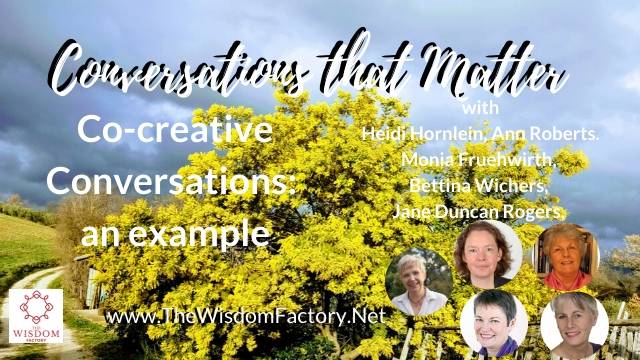
Five women came together to prepare for a shared contribution for the upcoming Integral European Conference. During the conversation they realised that they had been engaging in a co-creative way and the idea arose to publish it as an example. Thus the topic – Conscious Ageing and also death through Corona – is not the important thing why you might watch it, but the way the women self-organised in arriving at the desired result.
Some thoughts on a “co-creative dialogue”
We have talked about co-creativity in the past and identified some of the characteristics which stand out as opposed to debates and discussions. Co-creative conversations leave the participants with a feeling of joy, satisfaction, empowerment and inspiration – while the outcome of discussions and debates often is the direct opposite. There everyone fights for being recognized, for being right, for having won the argument battle.
A co-creative conversation is the direct opposite. Everyone is recognised by the others as having an important piece to contribute to the topic and in the flow of the conversations these puzzle pieces arise and get woven together into the desired result of the conversation. Listening to each other, respecting each other and being open to what wants to emerge is the main tool kit for these conversations. No criticism, but questions. Questions lead further and further into the process of coming to the root of the topic and to the envisioned goal.
During the conversation things might seem to go astray, tangents are introduced, especially those who take into consideration the interiority of the participants, e.g. “How is it for you when….”, or “what is your experience with …”.
The “normal” way of a meeting has a specific topic and the way of proceeding often articulates itself like: “What can you, xwz, bring to the table?, Is the contribution of x better than that of y? We need to decide on a concrete plan: who does what when” etc. The meeting might be short, everything is “clear”, everyone knows what they need to do. But how is their mood now? Did x feel overrun by the decision that the idea of z had been preferred to his own? Does he understand why? Does he feel motivated to collaborate under these circumstances where he feels to be the loser? Does he have a suggestion or a preoccupation which he doesn’t dare to mention for fear to be turned down, again and so it remains unspoken and haunts his dreams for not having stepped up despite his insights of importance?
This “normal” way is what I call the “masculine way”. Straight forward, linear, restricted to a few threads, leaving out all the others, in a setting of hierarchy or at least of competition. The “feminine way” is different and surely more satisfactory, because it includes the whole humans and not only a few of their competences. From the perspective of the masculine way, the feminine way is deviating from the topic, time is spent uselessly on “unimportant things” and so on.
We women have been trying to adjust to the masculine expectation of how things need to be done – only to find out that it doesn’t really work for us, unless we want to become stressed out and finally more masculine than men. So it is not by chance that women love to engage in co-creative conversations which are “feminine” in many aspects. That is not to say that men are not able to engage in co-creative dialogues. Those who are able to step back from the all pervasive linearity and adopt listening skills certainly can. Nevertheless, in my experience, it is very hard for men to resist their tendency to take over, to assume leadership and try to direct the otherwise open ended emergence.
More often than not we find this sort of conversation in women-only groups. But just a bunch of women does not guarantee it at all. They need to express their willingness of exploring the ground together and to listen to each other. For women this seems to be, generally speaking, somewhat easier than for men.
In this post I offer you a concrete example of a co-creative dialogue among women. Listen to it, not so much for the topic, (although you might also be interested in it,) but for the movement of the process. How do we conduct the conversation? How much “leadership” do I, Heidi, use? (I invited the women into the session). How do topics emerge and weave around the purpose of our conversation? How do the women step in to speak? How do they connect to the other women? How do we gain clarity and how do we arrive at the goal of the meeting?
The conversation was not meant to be published, it was our first meeting to agree on a common event for the online Integral European Conference. During the conversation I realised that we were beautifully engaging in a co-creative dialogue which was worth to be published as an example. Please notice also the way we made the agreement for publishing.
Enjoy!
Videopost for April 1st, 2020

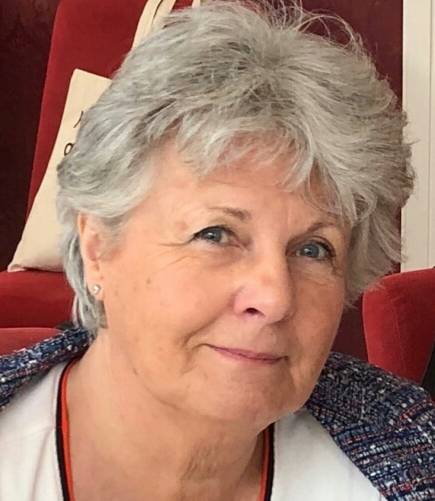

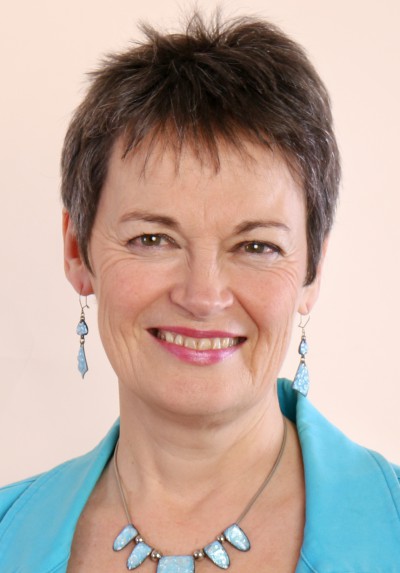

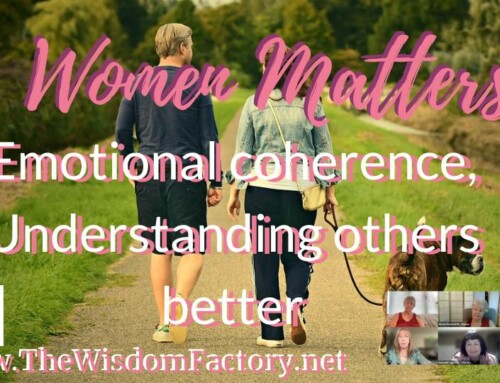
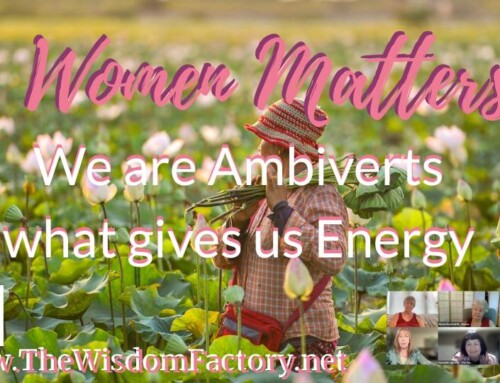
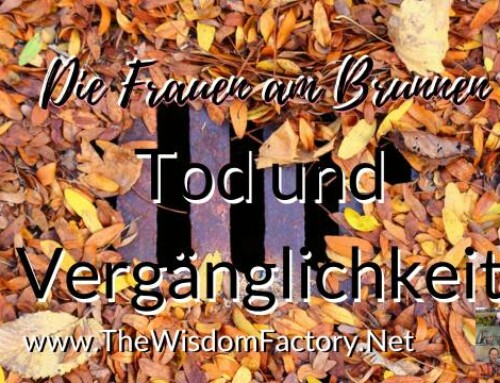

Leave A Comment